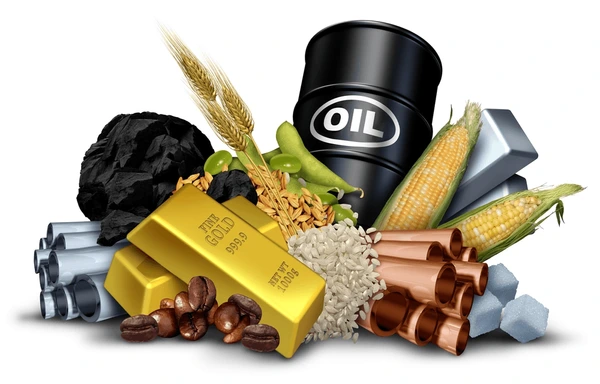At present, more than 15 million tons of this product are produced in the Middle East, of which more than 5 million tons are consumed domestically and about 10 million tons are exported

Several countries in West asia have established themselves as significant Ammonia producers. Some of the prominent producers in the region include Saudi Arabia, Qatar, Iran, and the United arab emirates (UAE). These countries have invested heavily in ammonia production infrastructure and have large-scale ammonia production facilities. Natural gas serves as the primary feedstock for ammonia production in West Asia. The region is rich in natural gas reserves and has extensive infrastructure for gas exploration, production, and processing. Methane, the main component of natural gas, is used as a raw material in the steam methane reforming process to produce hydrogen, which is further combined with Nitrogen to form ammonia.
While ammonia production brings economic benefits, there are environmental considerations associated with it. The carbon footprint of ammonia production processes, particularly the steam methane reforming method, contributes to greenhouse gas emissions. Efforts are being made to explore cleaner and more sustainable production methods, such as adopting renewable energy sources or implementing carbon capture and storage technologies. Due to the natural resources and methane gas in the Middle East, we have been witnessing the production of ammonia in the region for several years. Eight ferrous and non-ferrous catalysts are used to produce ammonia. Currently, ammonia-producing Petrochemicals supply the required catalysts from reputable foreign factories. Ammonia production in Petrochemical projects seems economically attractive.
The Middle east region converts 9.1 million of its 12.9 million tonnes of ammonia to urea, 525,000 to ammonium phosphate, 300,000 to ammonium nitrate and 287,000 to acetic acid. Three countries, Iran, Saudi arabia and Qatar, are the main producers of this product in this region. Saudi Arabia with a capacity of 3,500,000 tons, Iran with 2,900,000 tons and Qatar with 2,800,000 tons are ranked first to third in ammonia production in the region. The Middle East is one of the most important ammonia production hubs in the world due to its reasonable gas prices and enjoying its strategic position.
West Asia's ammonia production facilities are well-positioned for export. The region benefits from proximity to key global markets, including Asia, Europe, and Africa. Ammonia is typically transported in large quantities via specialized vessels or converted into urea for easier handling and transportation. Ammonia production has significant economic importance for West asian countries. It serves as a major revenue generator, contributing to the region's economic growth and diversification. The availability of ammonia and its by-products also supports various downstream industries, including agriculture, petrochemicals, and industrial manufacturing.
Iran is currently the second largest producer of ammonia in the Middle East after Saudi Arabia, using gas resources and strategic planning. Even though, Iran has another comparative advantage over its rival, Saudi Arabia, which is the main feedstock for its production units, gas resources.
At present, more than 15 million tons of this product are produced in the Middle East, of which more than 5 million tons are consumed domestically and about 10 million tons are exported. On the other hand, it should be noted that there is a direct and reciprocal relationship between urea production and increasing agricultural products. Considering the increase in world population and the consumption of Chemical fertilizers in a significant volume, the demand for this product increases annually.
West Asian countries have established large-scale ammonia production capacities. For example, Saudi Arabia is one of the world's largest ammonia producers, with major facilities located in Ras Al Khair and Jubail. Qatar is another significant producer, with major ammonia production complexes in Ras Laffan Industrial City. The UAE has also made significant investments in ammonia production, with facilities in Ruwais. In addition to ammonia production, West Asian countries have pursued strategies to integrate ammonia production with downstream industries. This involves leveraging ammonia as a feedstock for the production of urea, a nitrogen-based fertilizer. The integration of ammonia and urea production helps maximize the value chain and enhance the competitiveness of the region's fertilizer industry.




